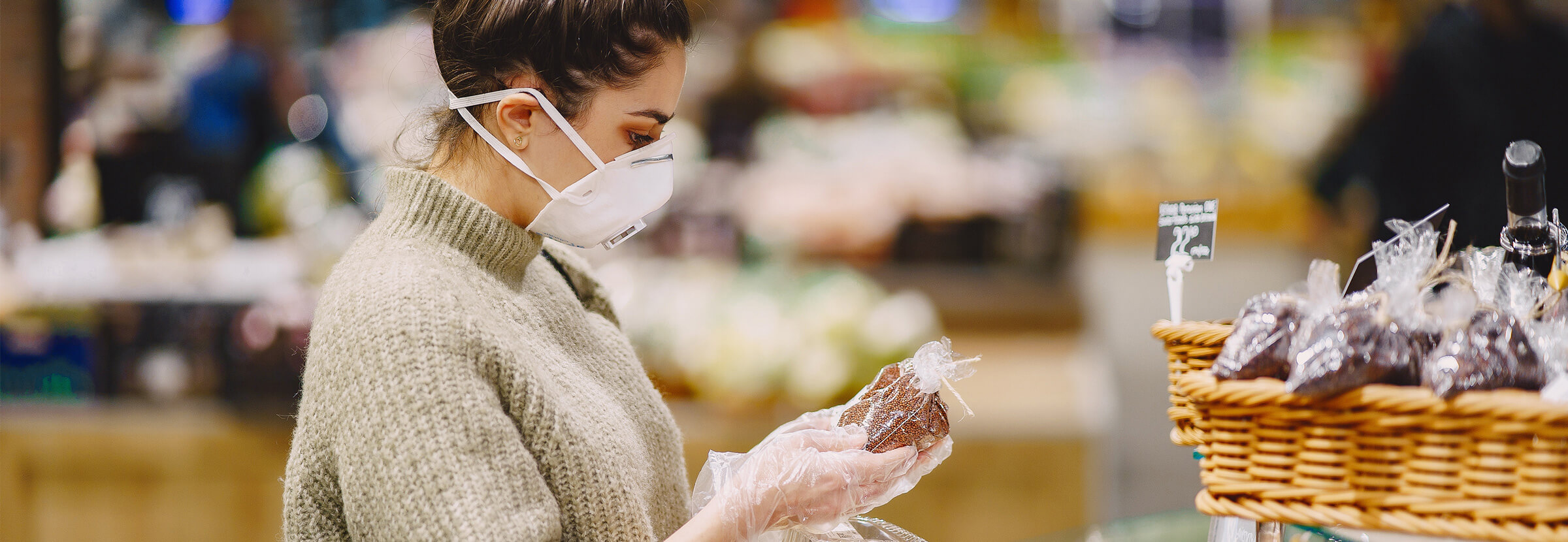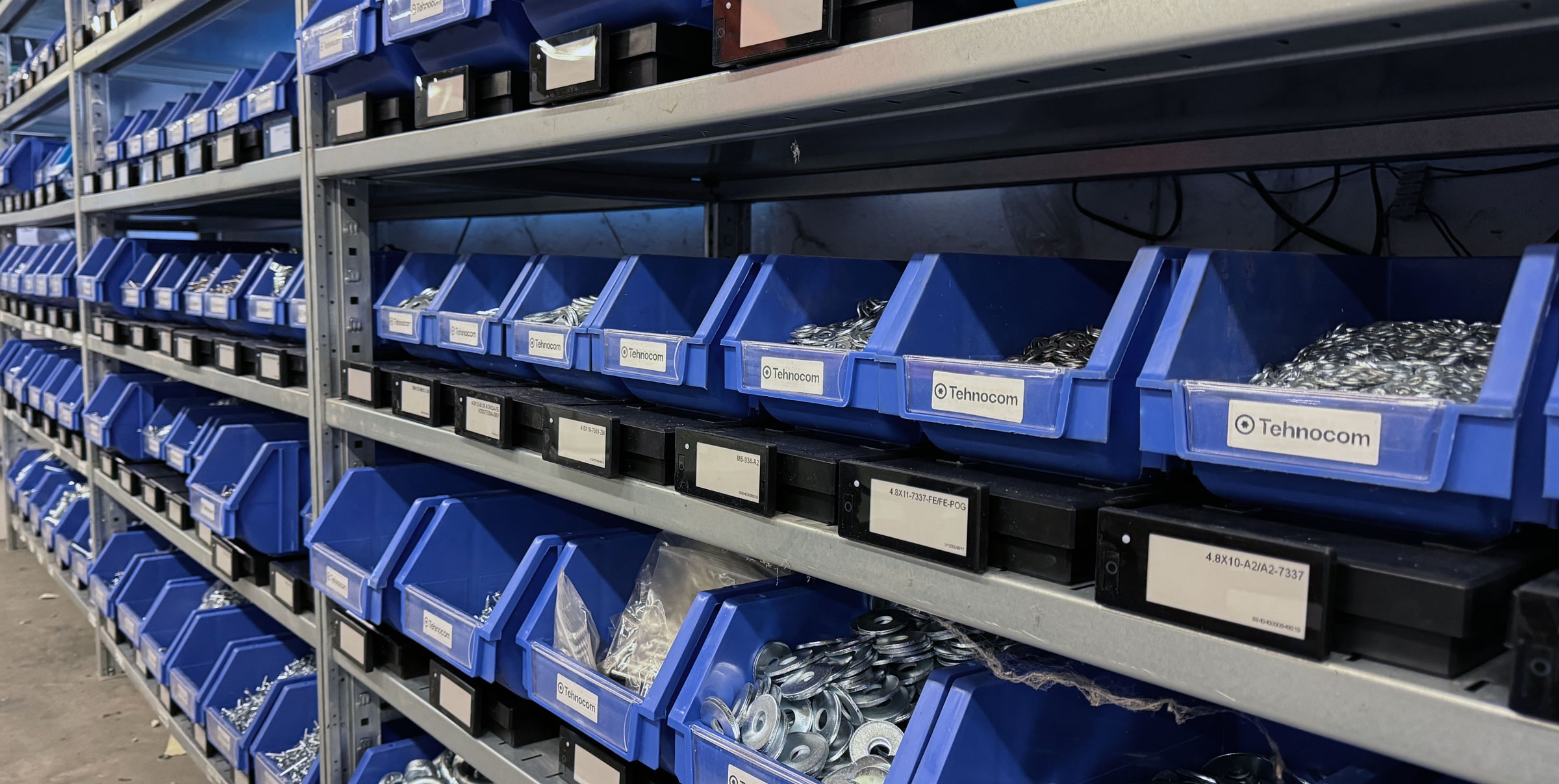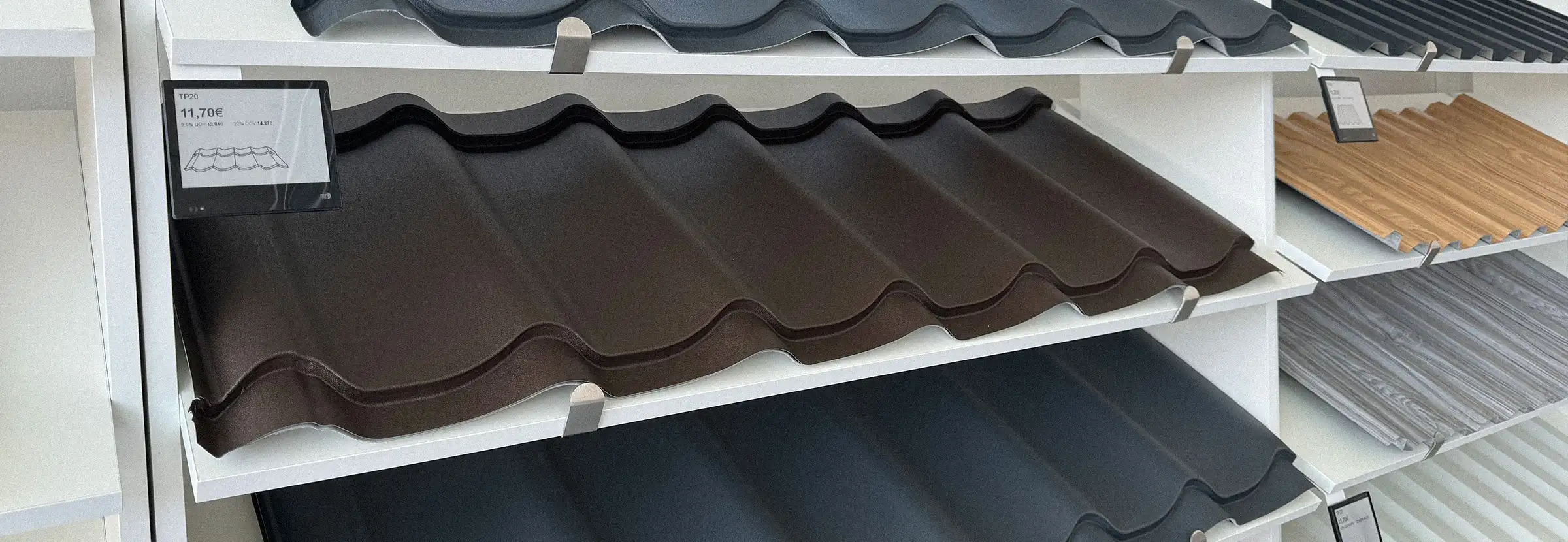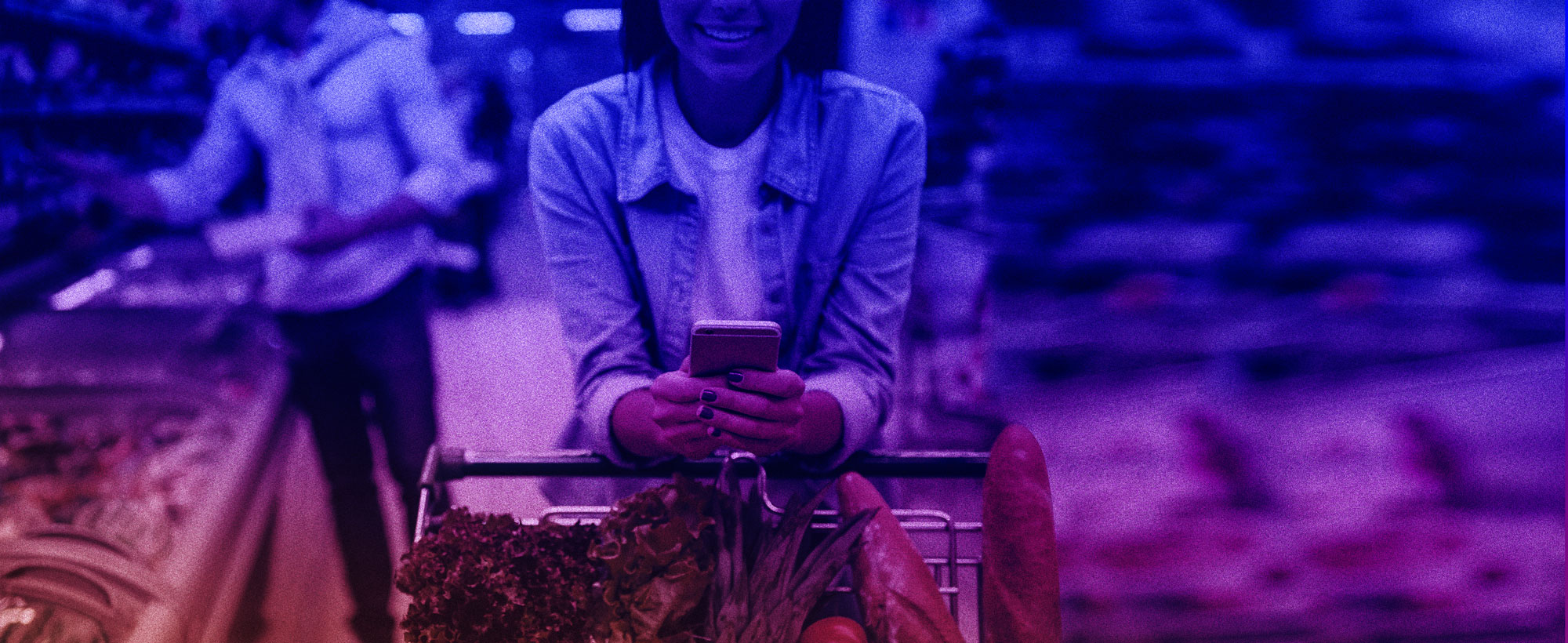To claim that the coronavirus has significantly affected the way people shop and the way retailers work would be a gross understatement. Social distancing fundamentally changed the shopping experience and the buying behavior of customers, while adapting to the new normality placed an enormous burden on brick and mortar stores.Let’s take a look at some of the challenges that the retail industry is currently facing due to the coronovirus and what opportunities might arise from these challenges.
1. The boom in e-commerce
Where just a few months ago online shopping could be considered the most convenient way to shop, the pandemic and the lockdown made it almost the only possible way to shop, especially when it comes to non-necessity retail stores. Companies that have developed their online presence on the side have got the better end of the stick, while those that underestimate the need for an alternative way of shopping will continue to struggle.Barbara Kahn, Professor of Marketing at the University of Pennsylvania’s Wharton School believes that one thing that characterizes the difference between winners and losers is the emphasis on omni-channel retailing. “So people no longer think of retail as online/offline, but they think of it as a seamless integration between the two. Now, from a customer point of view, that’s just like making sure what you see online matches what’s in the store. But from a retailer point of view, that’s lining up all your supply chains, your logistics and all these other things.”
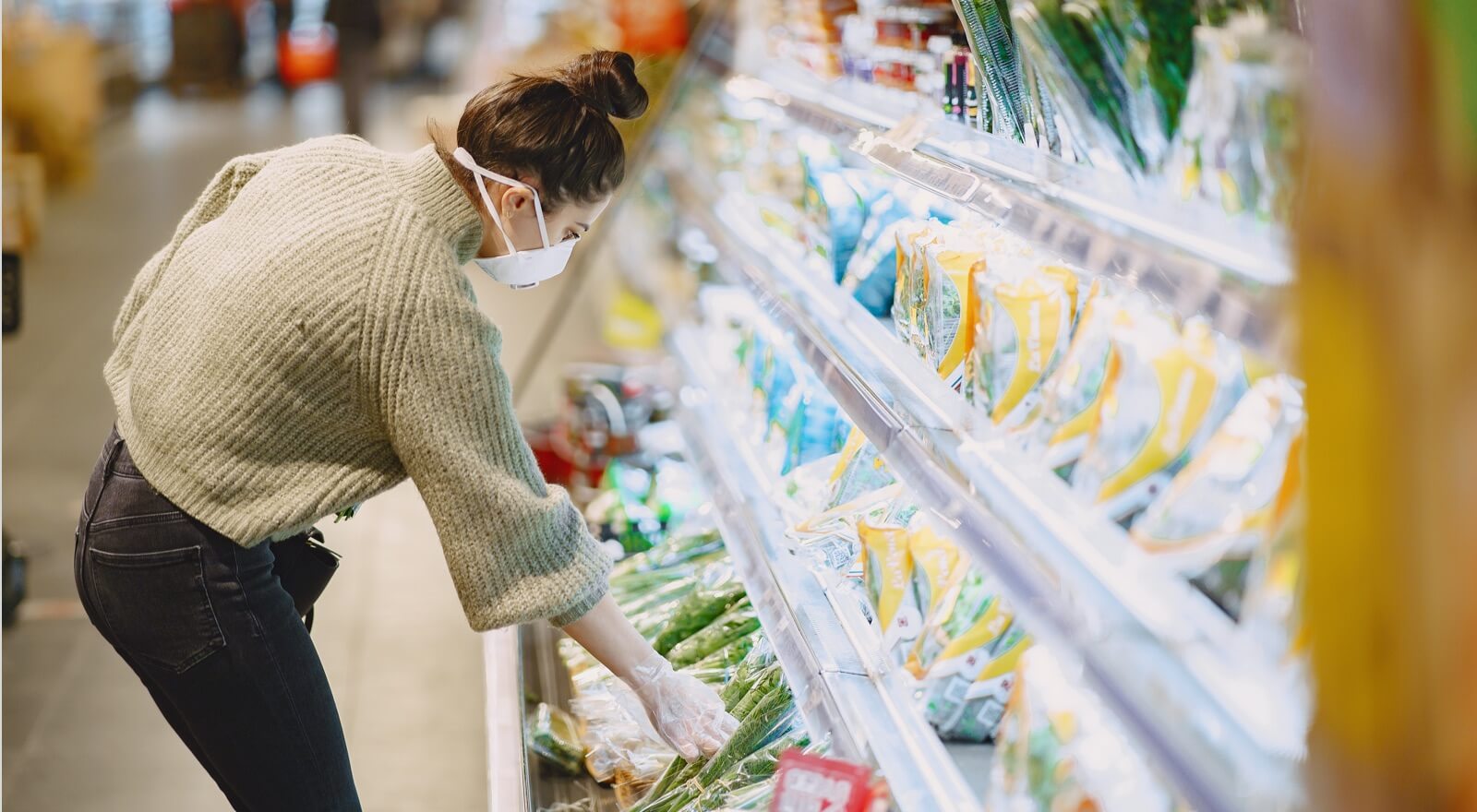
Agitron Smart Labels are equipped with the industry’s best security measures with an on-chip cryp-tographic accelerator.
